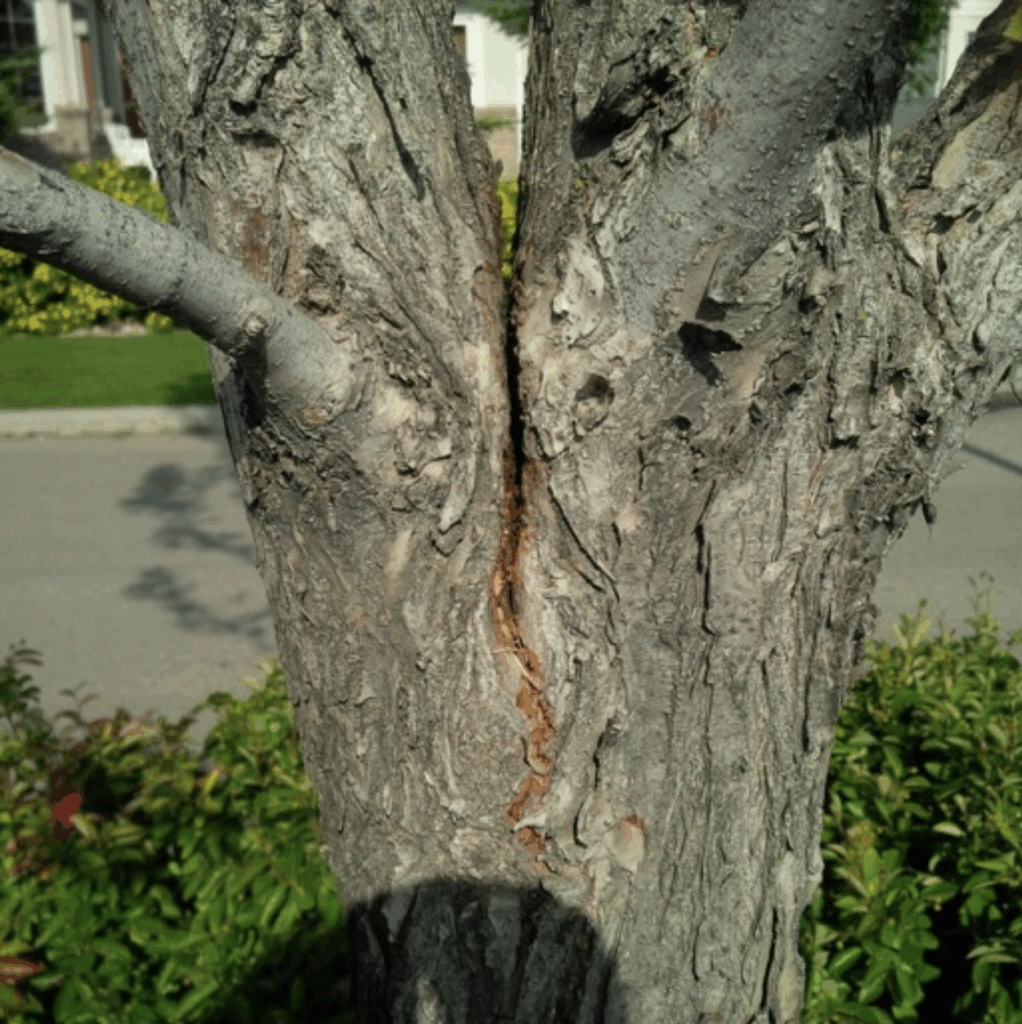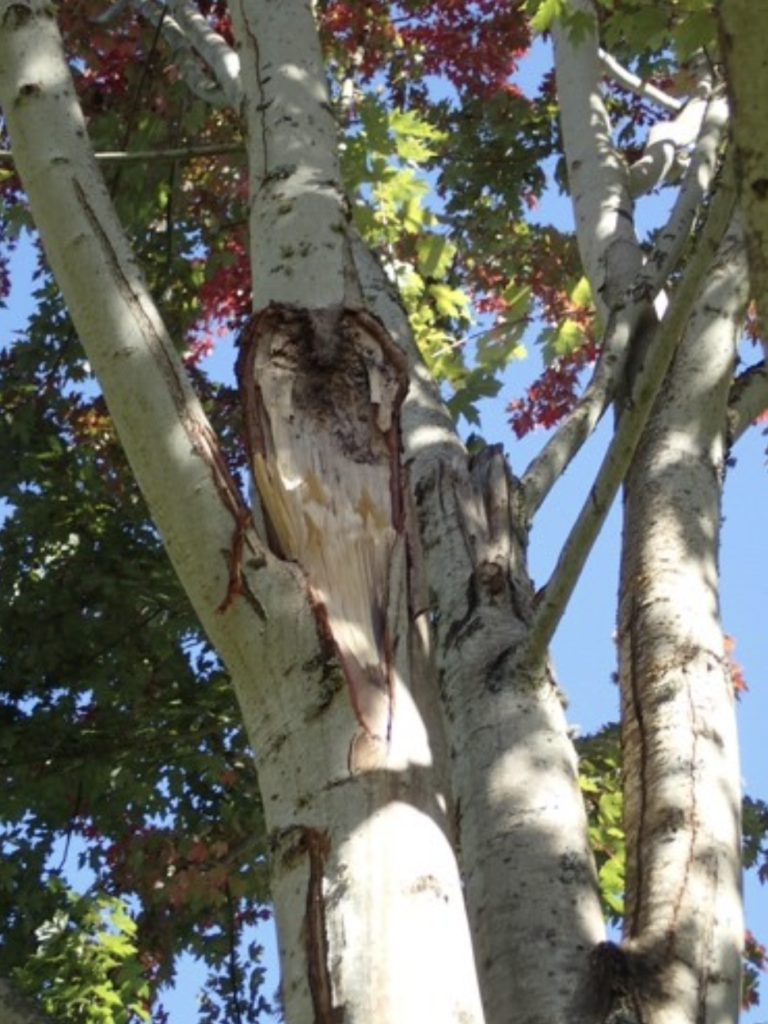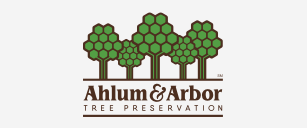What to consider when conducting a tree risk assessment.
Tree risk assessment is of the highest priority for anyone managing trees in an urban or residential environment, not only to keep your landscape safe, but your family as well. There are a few elements you should always consider when conducting a risk assessment:
- What is the species of the tree (Each species grows differently. Some species are more susceptible to break versus others.)
- What is the current health of the tree? (Visible defects, dead limbs, site history, weather patterns, etc.)
- How often is the area occupied throughout a normal day? (Rarely, Occasionally, Frequently, or Constantly)
- If the tree or limb(s) were to fail, would there be any direct targets? (People, benches, sidewalks, streets, parking lots, structures, etc.)
All this information is important to figure out to provide an accurate risk assessment.

As soon as you begin questioning the safety of a tree or limb(s), immediately make sure this is alerted to the public by placing cones, caution tape, signage, fencing, etc. The higher the potential for a tree to fail and the higher the value of the target, the more hazardous the tree.
One of the easiest ways to eliminate damage is often pruning, especially if the risk is identified as being a dead, dying, or damaged limb.
During the budgeting process, tree maintenance should always be of high priority. At Ahlum & Arbor, we can also develop a tree inventory that can help with this process. We recommend a yearly inspection of potential risk, but it is also important to note that at no time will risk be eliminated completely.

If you are ever unsure whether a tree or limb(s) are to the point of being a risk, give us a call and request a tree risk assessment.

